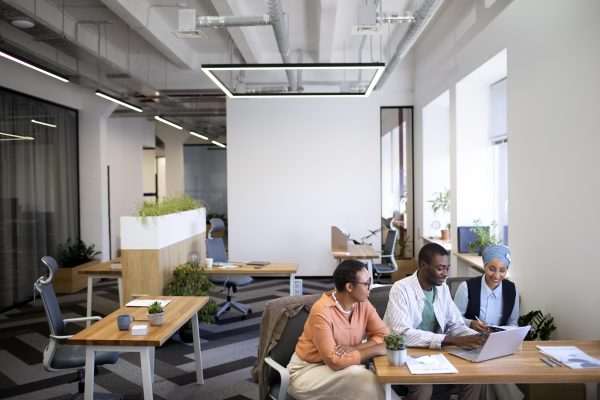Endometriosis affects millions worldwide, and March is a critical time to highlight this often-misunderstood condition quietly devastating women. Guardian Life explores the harsh realities, misconceptions, and ways to manage this chronic, painful disease through firsthand experiences and expert insights, highlighting the urgent need for awareness and support.
“Whenever I’m anticipating my menstrual flow, I always feel sad because I know what I’m going to go through,” shares Rihanat Adeyemi, a 34-year-old mother of one.

“A day before or on the day it starts, I literally roll on the floor because of the pain. It’s awful. It’s something I’ve been managing for years, and it has been challenging. I won’t lie; it’s really tough. It’s painful.” Rihanat’s story mirrors that of many women in Nigeria who suffer silently, believing severe menstrual pain is simply their fate. While menstrual cramps are common, severe pain is often an undiagnosed symptom of endometriosis.
Understanding endometriosis
Endometriosis is a chronic disease affecting approximately 1 in 10 women globally, translating to about 190 million women worldwide, according to the World Health Organisation (WHO).
In Nigeria, awareness is growing, yet statistics remain troubling. A study carried out by researchers at a tertiary hospital in Southeast Nigeria reported a prevalence rate of 24.47% among women with fertility challenges. Yet, awareness remains alarmingly low, with only 57.24% of Nigerian women surveyed aware of endometriosis, just 16.86% understanding its causes, and fewer than 20% accurately recognising its symptoms.
Endometriosis occurs when tissue similar to the lining of the uterus (endometrium) begins to grow outside the uterus, often affecting the ovaries, fallopian tubes, and pelvic tissue. Each menstrual cycle causes this tissue to swell, bleed, and scar, leading to debilitating pain, inflammation, and fertility complications.
Despite decades of medical research, the exact cause of endometriosis remains unknown, complicating diagnosis and treatment. Several theories exist, including retrograde menstruation, immune system disorders, genetic predisposition, and hormonal imbalances.

“Endometriosis doesn’t discriminate,” says Olivia Nwankudu, founder of EndoSurvivors International Foundation. “It is not content with confining pain to the reproductive system alone. It reaches other organs, invading your entire body.”
Endometriosis remains misunderstood, clouded by myths. Some mistakenly believe it affects only older women or those struggling to conceive. But the reality is starkly different—it affects teenagers and women of all reproductive ages, regardless of fertility status.
WHO states it could last from the onset of a woman’s first period through menopause, regardless of the social and ethnic background. “There’s no known cause. While whispers of genetics and environmental factors echo in medical corridors, there’s no concrete proof yet,” Nwankudu explains. “It’s a complex puzzle doctors continue to decode.”
More than menstrual pain
Endometriosis symptoms vary significantly among women, leading many to dismiss them as regular period discomfort. Women commonly experience severe pelvic pain, heavy bleeding, nausea, fatigue, and even gastrointestinal disturbances during periods. For many, the pain extends beyond periods, severely disrupting everyday life and relationships. The condition can also result in infertility, intensifying emotional and psychological strain. Nwankudu explains, “Simple painkillers rarely work for severe endometriosis patients; that’s a red flag. Many women become incapacitated, unable to function during menstruation, often needing hospital care.”
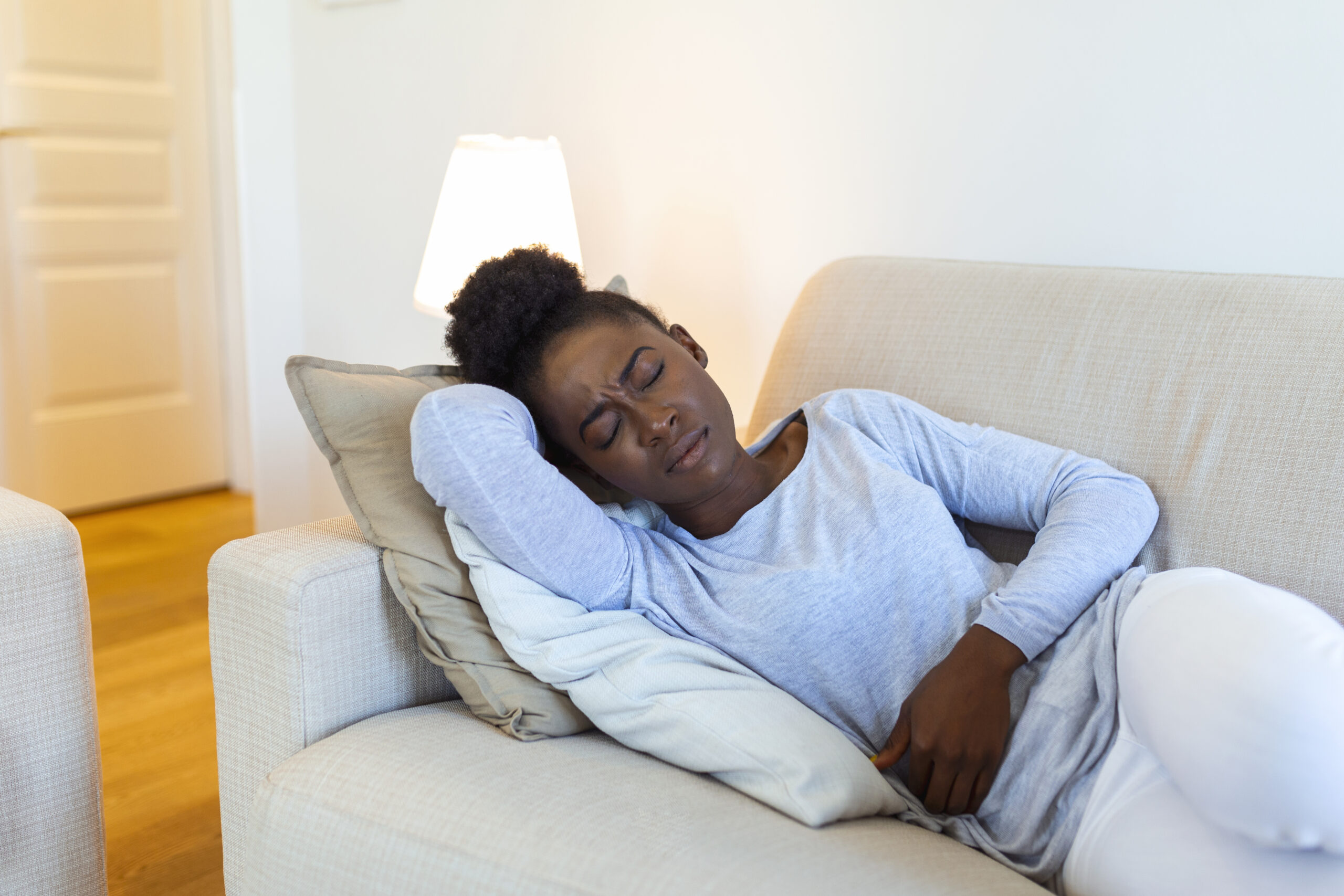
Challenges in early diagnosis
Diagnosing endometriosis can be challenging, often taking years to confirm. In Nigeria, diagnosis is complicated further by limited resources, insufficient specialists, and cultural norms stigmatising menstrual health discussions.
Many women in the country experience delayed diagnosis, often enduring years of unexplained pain before receiving answers. “One primary obstacle is a lack of awareness among both healthcare providers and patients,” Dr Oliver Chukwujekwu Ezechi, Director of Research at the Nigerian Institute of Medical Research Lagos, explains. “Cultural stigma surrounding menstrual health further complicates matters, discouraging women from seeking help.”
According to Dr Bolanle Windapo, a Senior Resident at FMC Ebute-Meta Lagos, “The gold standard for diagnosing endometriosis is laparoscopy. Many centres lack this equipment, and even where available, technical expertise might be limited. Cost can also be prohibitive, further delaying diagnosis.”
Living with endometriosis
Currently, there is no definitive cure for endometriosis, WHO says. Its management, however, involves various treatments typically focused on relieving symptoms and improving quality of life. Options range from pain management with anti-inflammatory drugs to hormonal treatments designed to regulate or suppress menstrual cycles and slow tissue growth.
“Pain management with over-the-counter analgesics is common, but severe cases require hormonal treatments, which can cost up to 200,000 naira monthly, making it inaccessible for many,” explains Dr Windapo. For severe cases, surgical interventions to remove endometrial tissue growths or lesions may be necessary.
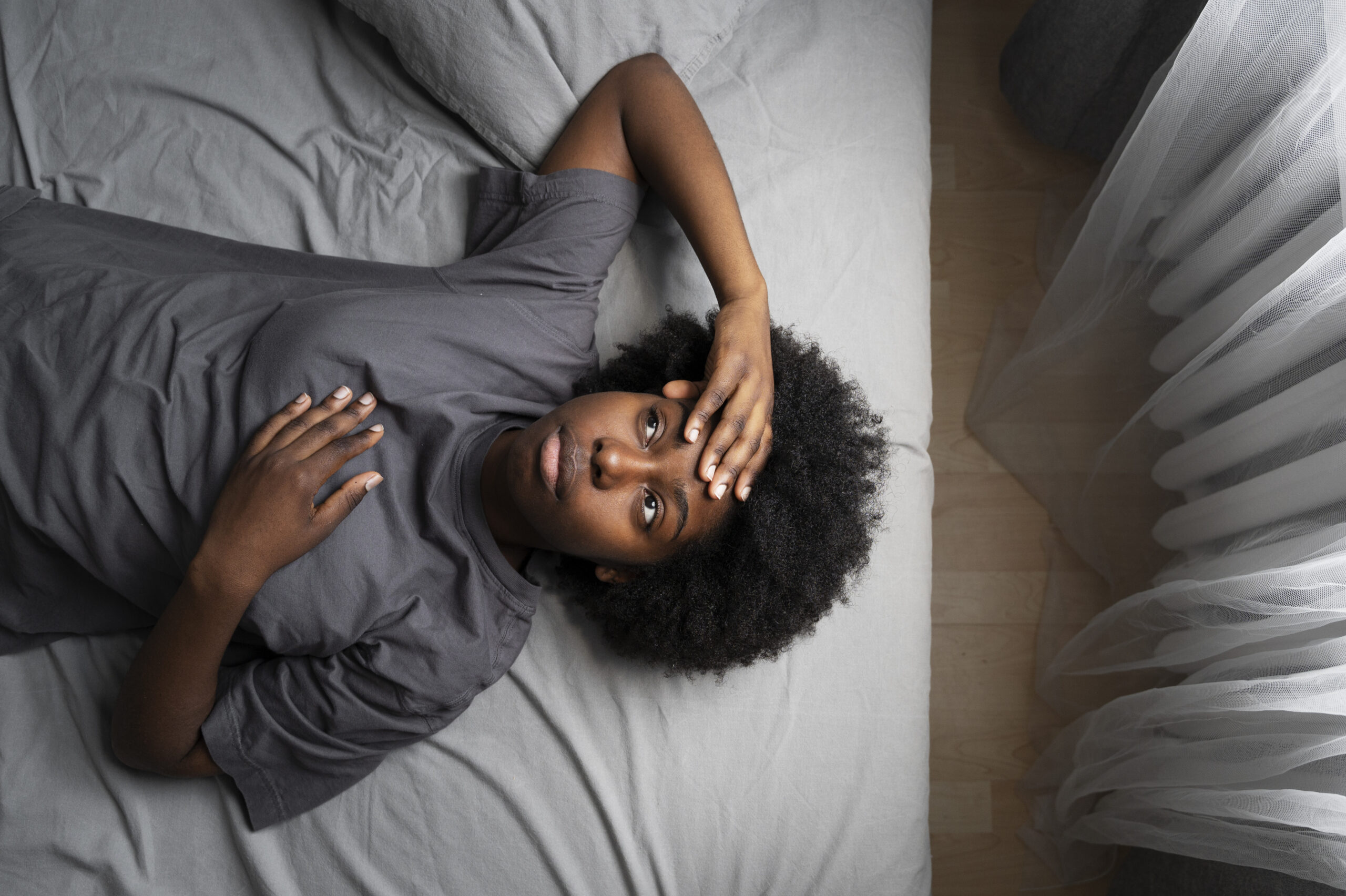
Dr Ezechi notes that “surgical options, such as laparoscopy for severe cases, are not widely accessible, particularly in rural areas. Economic barriers often limit access to effective treatments.”
Mental health: The invisible struggle
Endometriosis doesn’t just inflict physical pain; its psychological impact can be equally debilitating. Women often experience isolation, anxiety, depression, and strained relationships due to misunderstandings about their condition.
Nwankudu notes that “endometriosis exhausts and weakens you. Suicidal thoughts become familiar—not from wanting to die, but from desperately wanting the pain to stop. It’s relentless.”
Nneamaka Odili, who also battles this condition, echoes this sentiment. “The psychological impact is severe. People think you’re exaggerating your pain, making you feel isolated,” she says.
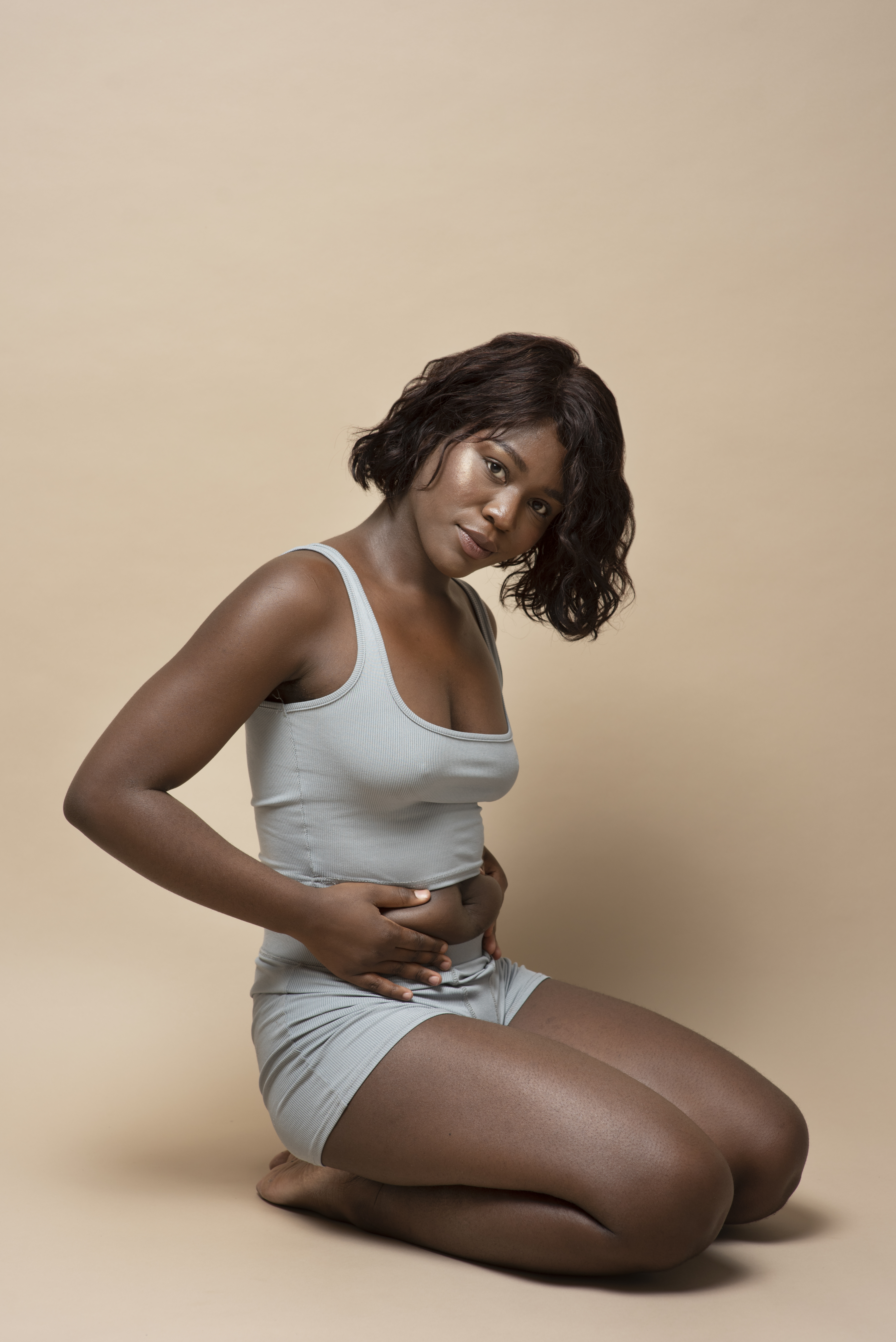
Advocacy and support
Organisations like the Endometriosis Support Group Nigeria (ESGN) provide essential platforms for education, advocacy, and peer support. They are actively working to dismantle societal stigma, inform the public about symptoms, encourage open dialogue, and lobby for healthcare reforms. Through education and campaigns, ESGN promotes the normalisation of conversations about menstrual health and advocates for improved healthcare access.
Support groups like EndoSurvivors International Foundation also offer vital resources. Olivia Nwankudu’s foundation, which she started after her own painful diagnosis, now supports many Nigerian women. But funding presents a significant challenge. “We ventured into secondary schools, educating young girls about menstruation and endometriosis. Knowledge is their greatest armour.”
“Awareness and funding are ongoing struggles. Yet, we’re committed to breaking the silence around endometriosis, promoting early diagnosis, and advocating better healthcare.”
prevention and lifestyle choices
While endometriosis can’t yet be prevented, understanding potential risk factors can help in early detection and management. Significant indicators include family history, prolonged menstrual cycles, and early onset of menstruation. Adopting healthy lifestyle practices, regular physical activity, stress management, balanced diets, and avoiding certain environmental toxins may help mitigate the severity of symptoms. Doctors advocate regular health check-ups, open dialogue with healthcare providers, and lifestyle adjustments such as regular exercise and stress management.
Per WHO, hormonal medicines like GnRH-analogues and contraceptives, in the forms of pills, patches, vaginal rings, injections and implants, can also help.
Dr Ezechi remains hopeful, noting that “advancements in telemedicine may soon bridge healthcare gaps, improving access to specialists.” He explains that ongoing research may introduce new treatments that specifically target endometriosis. “We should anticipate wider availability of laparoscopic and robotic technologies, significantly improving diagnosis and treatment outcomes,” Dr Windapo adds.
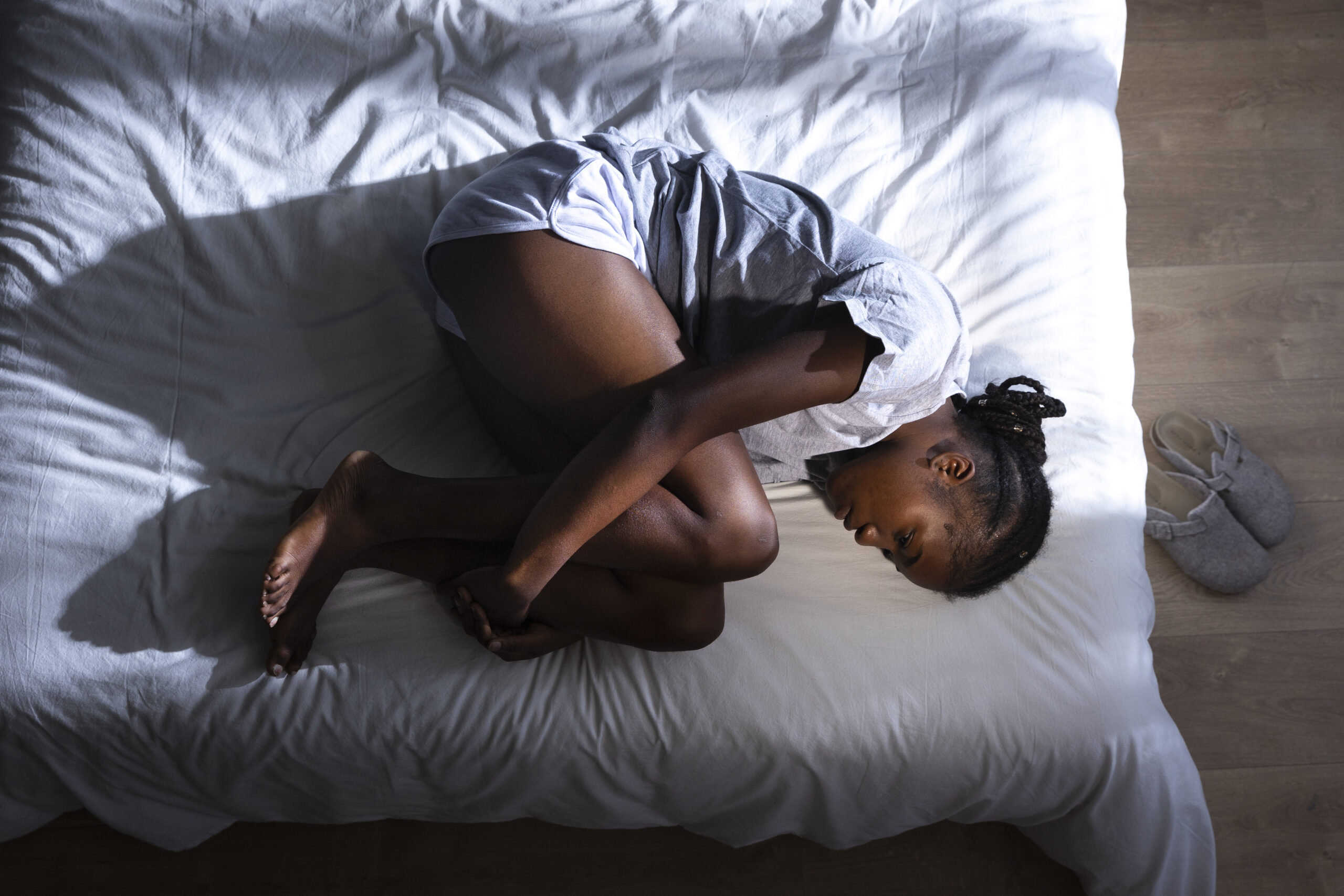
A call to action
Endometriosis demands urgent attention. This month, Guardian Life joins advocates calling for increased dialogue, improved education, and better healthcare accessibility. Women do not need to suffer silently or feel isolated and invalidated. Normalising conversations around menstrual health and empowering women with the information and resources necessary to manage their condition is crucial. Sharing stories, promoting awareness, and demanding healthcare reforms can transform countless lives.
“Advocacy and support groups are lifelines for women dealing with endometriosis,” Nwankudu says. “Breaking the silence means reclaiming our health, dreams, and future.”
Additional reporting stats by Musa Adekunle.
Endometriosis affects approximately 190 million women globally.
1 in 10 women worldwide suffers from endometriosis.
Endometriosis diagnoses typically take between 7 and 10 years after symptom onset.
About 30-50% of women with endometriosis face infertility.
Over 24% of Nigerian women facing infertility may have endometriosis.
Fewer than 20% of Nigerian women accurately recognise endometriosis symptoms.
Hormonal treatments for endometriosis can cost up to 200,000 naira monthly in Nigeria.






